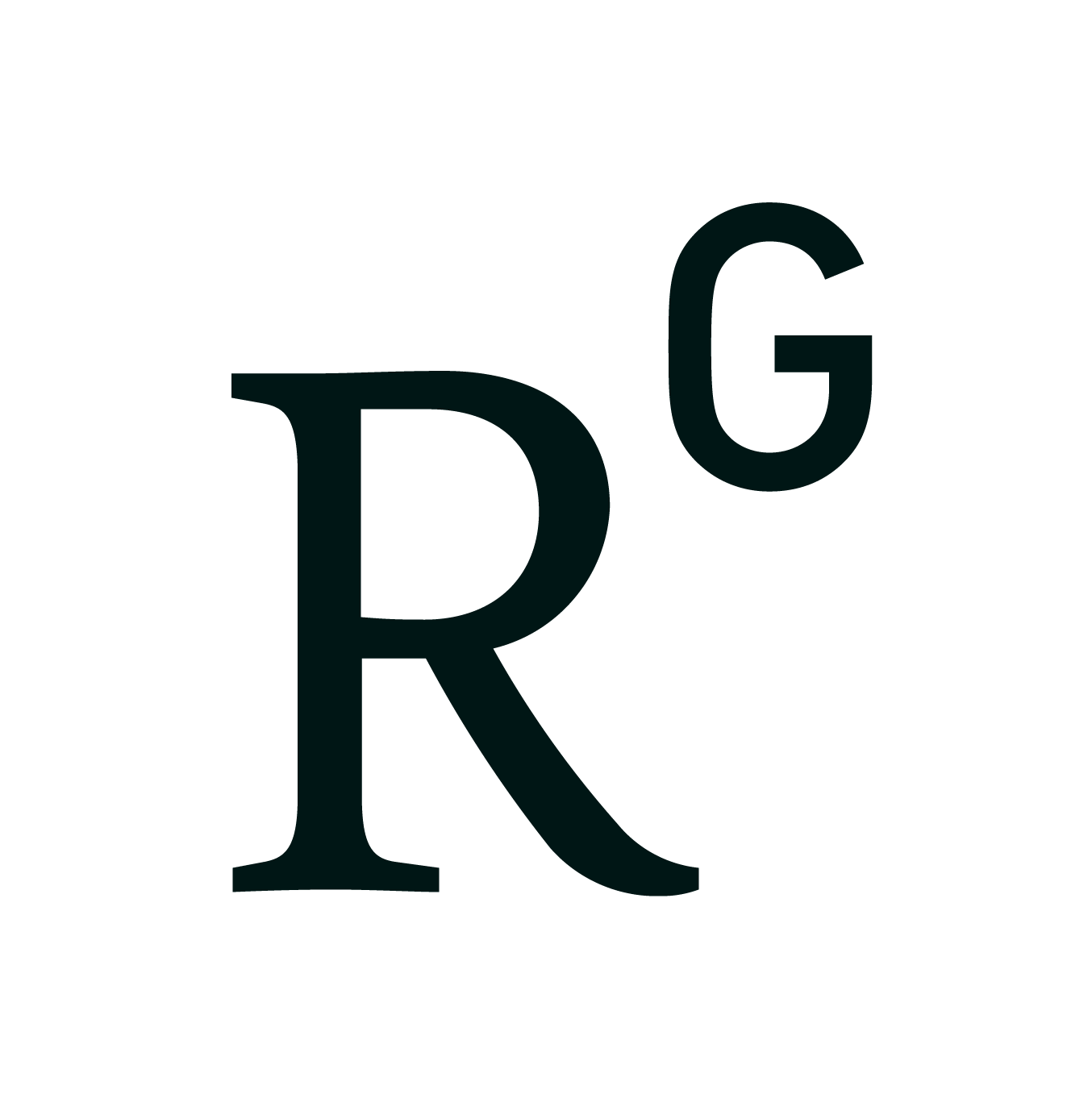Projects

Network simulations
Many networks in nature grow in response to a diffusive field around them (microcapillaries following VEGF gradients [3], viscous fingers pushed by pressure, lightnings in response to the electric field, etc.). I developed reticuler - a Python package to simulate growth of such structures. I used it to analyze the effect of competition between the branches on network geometry [1] and to simulate loop formation in evolving transport networks [4].

Jellyfish
The jellyfish gastrovascular system has four stomachs in the center of the jellyfish and (mostly) radial canals that transport nutrients to the tissues. Easy to observe in vivo, quasi two-dimensional - a perfect system for a physicist to study the morphogenesis of a biological transport network. In Annemiek Cornelissen lab, I observed the development of the canal network [2] and simulated it numerically [4].

Fracture dissolution
To mimic the emergence of geological forms such as cave conduits or solution pipes, in Piotr Szymczak lab we perform experiments in a Hele-Shaw cell with a dissolvable bottom (gypsum, white area in the image on the left). Fresh water flowing over the gypsum slowly dissolves it, creating finger-like channels (black area). I studied how the fingers interact to form loops [4], an invariant shape of a single dissolution finger [5], and the transition from fractal to smooth wormholes.




